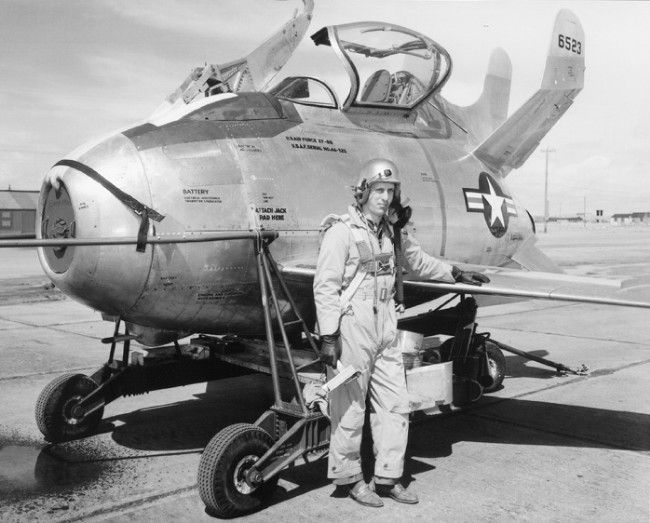

Lewis became Executive Vice President in 1958, and finally became President and Chief Operating Officer in 1962. He led the development of the legendary F-4 Phantom II in 1954, which was introduced into service in 1960. Lewis joined the company as Chief of Aerodynamics in 1946.

The Phantom introduced McDonnell's telltale design with engines placed forward under the fuselage and exiting just behind the wing, a layout that would be used successfully on the F2H Banshee, F3H Demon, and the F-101 Voodoo. In 1943, McDonnell began developing jets when they were invited to bid in a US Navy contest and eventually built the successful FH-1 Phantom in the postwar era. The advent of the Korean War helped push McDonnell into a major military fighter supply role. McDonnell Aircraft suffered after the war with an end of government orders and a surplus of aircraft, and heavily cut its workforce. McDonnell also developed the LBD-1 Gargoyle guided missile. It grew from 15 employees in 1939 to 5,000 at the end of the war and became a significant aircraft parts producer, and developed the XP-67 Bat fighter prototype. World War II was a major boost to the new company. He left in 1938 to try again with his own firm, McDonnell Aircraft Corporation, based at St. The economic depression from 1929 ruined his plans and the company collapsed. McDonnell & Associates in Milwaukee, Wisconsin, in 1928 to produce a small aircraft for family use.


 0 kommentar(er)
0 kommentar(er)
